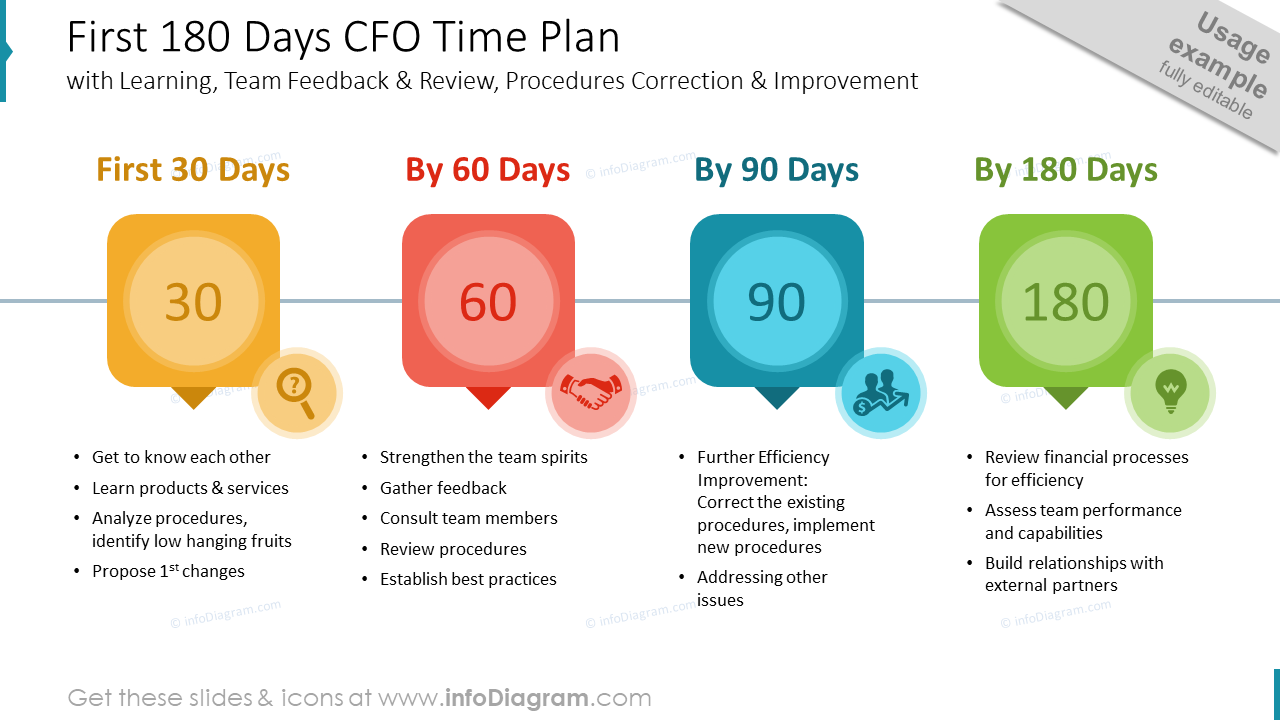180 Days Before March 1 2025

Clock is ticking: Key deadlines loom as the countdown to March 1, 2025, hits the 180-day mark. Critical sectors face intensifying pressure to meet compliance targets and finalize strategic realignments before the deadline.
This report outlines the urgent actions required across various industries and governmental bodies as the deadline approaches. With 180 days remaining, stakeholders must accelerate efforts to avoid potential disruptions and ensure smooth transitions.
Financial Sector: LIBOR Transition Intensifies
The financial industry is racing against time to fully transition away from LIBOR (London Interbank Offered Rate). March 1, 2025, represents a crucial cut-off for remaining USD LIBOR settings.
According to the Alternative Reference Rates Committee (ARRC), firms must actively manage legacy contracts referencing LIBOR that lack robust fallback provisions. Significant progress has been made, but challenges remain in addressing certain types of securities and loan portfolios.
Financial institutions are urged to expedite the adoption of alternative reference rates, primarily SOFR (Secured Overnight Financing Rate). The Federal Reserve and other regulatory bodies are closely monitoring the transition, emphasizing the need for proactive risk management.
Healthcare: Interoperability Rule Compliance
Healthcare providers and payers face mounting pressure to comply with the ONC (Office of the National Coordinator for Health Information Technology) interoperability rule. The compliance deadline of March 1, 2025, requires seamless data exchange between systems.
This rule mandates that healthcare organizations implement standardized APIs (Application Programming Interfaces) to enable patients to access their health information electronically. The goal is to empower patients and improve care coordination.
According to CMS (Centers for Medicare & Medicaid Services), non-compliance could result in penalties and reduced reimbursements. Healthcare systems are advised to prioritize investments in technology and infrastructure to meet these requirements.
Supply Chains: Strengthening Resilience Against Disruptions
Global supply chains are under immense pressure to bolster resilience in the face of ongoing disruptions. March 1, 2025, serves as a focal point for implementing enhanced risk management strategies.
Businesses are encouraged to diversify their supplier base, improve inventory management, and invest in real-time monitoring capabilities. The U.S. Department of Commerce emphasizes the importance of supply chain mapping and vulnerability assessments.
Companies should proactively identify potential bottlenecks and develop contingency plans to mitigate the impact of future disruptions. Collaboration and information sharing among industry stakeholders are crucial for building robust and adaptable supply chains.
Government Agencies: Project Completion and Strategic Planning
Various government agencies are working diligently to complete key projects and finalize strategic plans before March 1, 2025. Deadlines associated with policy implementation and infrastructure development are approaching rapidly.
Agencies are streamlining processes and allocating resources effectively to ensure timely completion of critical initiatives. The focus is on maximizing efficiency and delivering tangible results for the public.
Close coordination between different levels of government is essential for achieving shared objectives and addressing complex challenges. Regular monitoring and evaluation are being conducted to track progress and identify potential areas for improvement.
Cybersecurity: Enhanced Protection Measures Imperative
With cyber threats escalating, organizations must prioritize enhancing their cybersecurity posture. The 180-day countdown to March 1, 2025, underscores the urgent need for proactive security measures.
Businesses are urged to implement robust authentication protocols, conduct regular vulnerability assessments, and train employees on cybersecurity best practices. The Cybersecurity and Infrastructure Security Agency (CISA) provides valuable resources and guidance.
Companies must adopt a layered security approach to protect against evolving threats and minimize the potential impact of cyberattacks. Incident response plans should be regularly tested and updated to ensure preparedness.
Retail: Preparing for Peak Season and Economic Shifts
Retailers are navigating a complex landscape as they prepare for peak shopping seasons and anticipated economic shifts. March 1, 2025, marks a significant checkpoint for strategic planning and adaptation.
Businesses are focusing on optimizing inventory management, enhancing customer experiences, and adapting to changing consumer preferences. E-commerce platforms are gaining increasing importance, driving the need for seamless online and offline integration.
Retailers are also closely monitoring economic indicators and adjusting their pricing strategies accordingly. Data analytics and market research are playing a crucial role in informing decision-making and optimizing performance.
Real Estate: Adapting to Market Fluctuations and Regulatory Changes
The real estate sector is grappling with market fluctuations and evolving regulatory requirements. The countdown to March 1, 2025, highlights the importance of strategic adaptation and proactive planning.
Developers and investors are carefully evaluating market trends and adjusting their investment strategies accordingly. Factors such as interest rates, inflation, and demographic shifts are influencing decision-making.
Compliance with environmental regulations and building codes is becoming increasingly important. Stakeholders are encouraged to embrace sustainable practices and prioritize energy efficiency.
With 180 days remaining, stakeholders across all sectors must accelerate their efforts to meet critical deadlines and mitigate potential risks. Ongoing monitoring and adaptive planning are essential for navigating the challenges and opportunities that lie ahead. The next steps involve intensified collaboration, resource allocation, and proactive risk management.


















